Can you recommend some lamps (floor and table) to brighten up autumn evenings? And what do you think about cordless versions?
Oh, I love a lamp. Give me a surface and I’ll pop a lamp on it in no time at all. My biggest bugbear when visiting people (some, not all, obviously, because let’s be honest — I know quite a few interior designers) is that there are never enough lamps for my liking.
I’ve mentioned many times in this column my aversion to overhead lighting. But not in all circumstances: a ceiling light above a dining table, naturally, can be useful and look great. Although even in this scenario I’d prefer very dim bulbs or candles — it’s more of an atmosphere thing than actually wanting light to be cast down from above. No, I don’t need that. What I do need is to be surrounded by lamps and a warm, orangey glow diffused through lampshades. After all, everyone looks better in soft lamplight.
So, what lamps to go for? At home I like a heady combination of materials, styles, colours and ages, so we have old porcelain lamps, newly made plaster ones, a bit of glass, a little brass . . . Here are my current favourites on the market, some more traditional in style and others more contemporary:

Stockholm’s Svenskt Tenn sells some of the most beautiful lamps around. (Full disclosure: I have worked with the company on collaborative collections in the past.) Its Table Lamp 2483 (€768) was designed by Josef Frank in 1936, and, with its swooping brass arms, is a very good example of the elegant, airy design that he gave all of his lamps. I also particularly like its Floor Lamp 1838 (€1,360) in nickel-plated brass with cognac-coloured leather wrapped around the base. I’m very much enjoying Soane’s new Curlew Floor Light too: taking its inspiration from a Swedish design in Soane’s collection dating from the 1930s, it has an elegant, curved arm, reminiscent of the curlew’s slender beak.
Zara Home makes some affordable options: its Table Lamp with Tripod Base has something of 1920s France about it, with its elegant three legs and iron construction. I’ve seen similar antique iron lamps as well as versions made by designers that are perhaps more beautiful and intricate, but at £79.99, this is a steal.
When shopping for my own home, more often than not I buy antique lamps. Hampshire’s Max Rollitt is a great port of call, particularly in reference to my point about hankering after a mix of materials in a room. Rollitt is currently selling a very lovely 19th-century glazed porcelain baluster vase (£980), which has been turned into a lamp and wired. The colour naturally appeals to me: proper, eye-searing acid yellow.


I’m also drawn to an early 20th-century glass bottle lamp (£440). It’s sort of the opposite of the yellow porcelain lamp — a sober, humble number, I like it just as much. Its shape is elegant, as is its treacly greenish-brown colour, which will look wonderful lit from above.
It’s interesting to note that neither of these lamps started their lives as lamps. The bottle got a massive upgrade. So think imaginatively — if you come across an old bottle or piece of pottery at a junk shop that you can’t live without but perhaps don’t quite know what to do with, consider taking it to a specialist to convert.
Let’s talk about portable options. In the past few years many more options for cordless lamps have appeared on the market, and I’m grateful. There are spots in all houses in which it would be difficult or impossible to have cords trailing. At home I have a cordless lamp on my bathroom windowsill, and it’s a godsend on dark evenings because I’d much rather bathe with the glow of a lamp and a couple of candles than switch on the ceiling light.
Zara Home’s Monochrome Touch Table Lamp (£39.99) comes in six colours (I like the red and green options) and is very slick. It switches on and off by touching the top and has three light intensities. I’m also very much into Hay’s Mousqueton Portable Lamp (£165), named after the French word for carabiner. Designed by Inga Sempé for the Danish brand, the lamp is made from spun-steel. A multipurpose carabiner hook enables the lamp to be suspended from a branch or rope — a great option for gardens, or, if you fancy braving it in the winter, camping.

Last but not least: bulbs. I admit that I find bulb-buying rather tricky. It’s all that talk of lumens and kelvins. When I start trying to understand it, I realise I’d rather be doing literally anything else. Luckily there is much advice to be found online. Thermodynamic temperature is measured in kelvin and relates to the colour of light emitted from a lightbulb, ie whether it is warm or cold. Bulbs with 2,700K–3,000K emit a warm white light, my recommendation. A higher number means a colder light. Dowsing & Reynolds makes a range of filament lightbulbs in different shapes and sizes, and has produced a very handy guide to buying bulbs for different rooms in a house (this can be found on their website). A bright idea!
If you have a question for Luke about design and stylish living, email him at lukeedward.hall@ft.com. Follow him on Instagram @lukeedwardhall
Find out about our latest stories first — follow @ft_houseandhome on Instagram

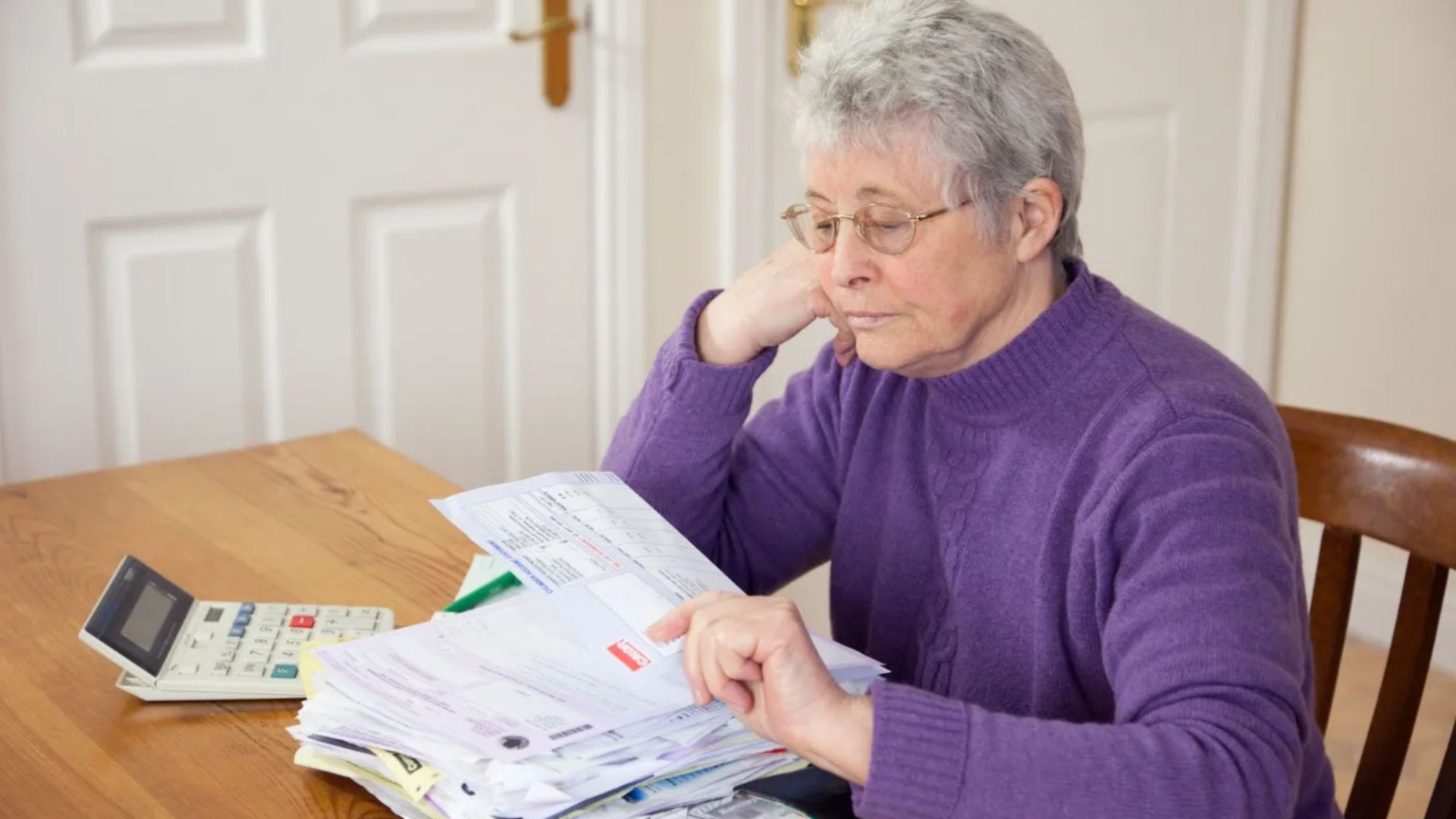






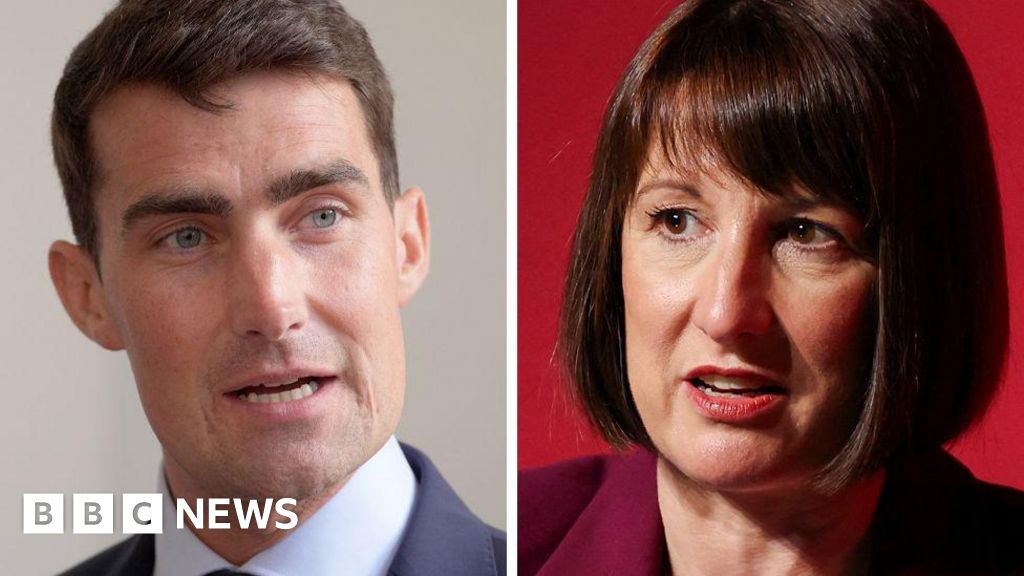

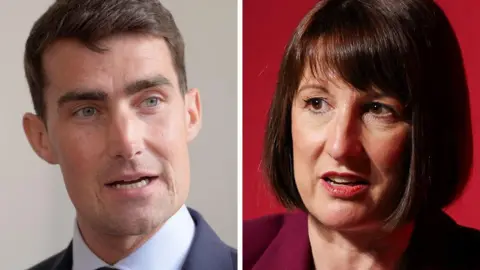
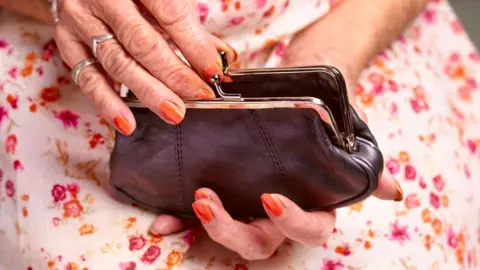
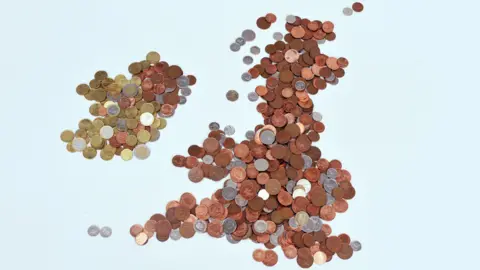
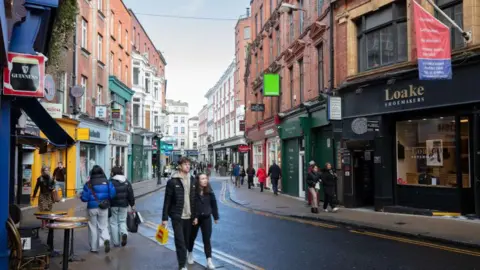












































































































































You must be logged in to post a comment Login